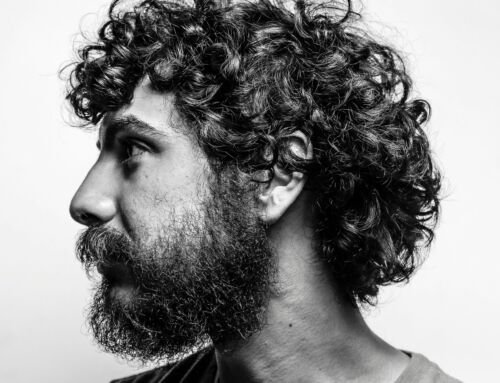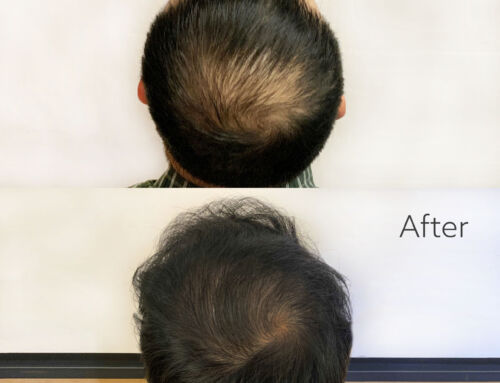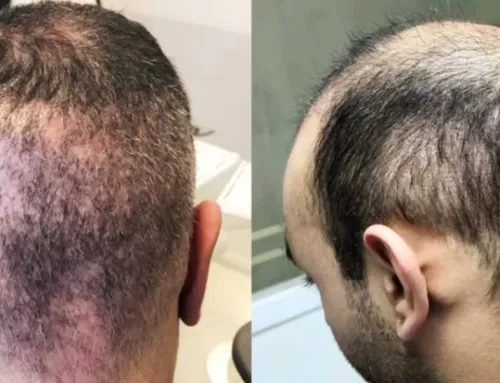Our hair restoration surgeons take great care when it comes to patient questions and concerns. We believe that all people who come to our Boston area practice should understand the various facets involved in the procedures they undergo. Understanding hair transplants and restoration options helps patients feel more at ease with the treatment process.
Since a number of questions involve the look and feel of a patient’s hair, we’d like to consider issues of how surgery relates to hair thickness and hair texture.
How Hair Restoration Surgeries Work
Modern hair restoration surgery involves the use of follicular units that are placed in the blad portion of the scalp. These are follicles are harvested from a donor area from the back of the scalp. Both follicular unit extraction (FUE) and follicular unit transplantation (FUT) techniques may be considered.
The individual follicular units are placed in order to achieve a natural density and thickness to a patient’s hair. The result is a full head of hair the looks natural.
How Hair Graft Density is Determined
Proper hair thickness and density are important to achieve during the hair restoration process. Using microsurgical techniques, hair restoration experts are able to achieve the most natural results possible. Rather than taking noticeable punches of donor hair and placing them along the scalp, the individual follicular units blend in seamlessly and are hard to notice. This means that natural distribution is possible.
With regard to hair density and hair thickness, your hair restoration specialist will use their expertise to consider the proper angle of the follicular unit and where it would best be placed along the scalp. Staggering the placement of the donor units is important for making the hairline look natural and to ensure proper cover of the scalp for appealing results.
How Long Before Transplanted Hair Thickens and Blends?
As patients recover from their hair restoration surgery, they may notice some issues with thinness of the hair in the donor area a few months into growth. This is natural, and many patients will note that the hair density is not quite what they’d hope for. Ultimately, the transplanted hair follicles need to go through a full growth cycle following the surgery in order to achieve the final results.
Overall, patients should see the results of final and optimal hair growth by the end of a year. By that time, the follicular units will have all gone through a full growth cycle and be producing thicker and healthy hair.
Concerns About Hair Texture: Can Surgery Change It?
Related to hair thickness in some respects, a number of patients have asked if the hair restoration surgery will improve or change their hair texture.
The answer is no. Hair restoration surgery does not alter hair texture. That is determined by the amino acid makeup of one’s hair, and any surgical procedure will not alter that in a measurable fashion, certainly not enough to change the texture of the hair.
That said, we can discuss proper hair care and ways that you can improve the health of your hair moving forward as part of the surgical process. This is helpful for many patients as it makes them feel as if they are in greater control of their appearance and results.
Contact Our Team of Hair Restoration Specialists
For more information about hair restoration surgery and how it can help you, be sure to contact our hair loss and restoration surgery specialists today. We will work with you to help you have a healthy and full head of hair again. COVID-19 update we are offering an initial hair transplant for the incredible price of $6,000! 3rd party financing is available with monthly payments as low as $119 per month. Call 800-313-HAIR or click here to learn more.






